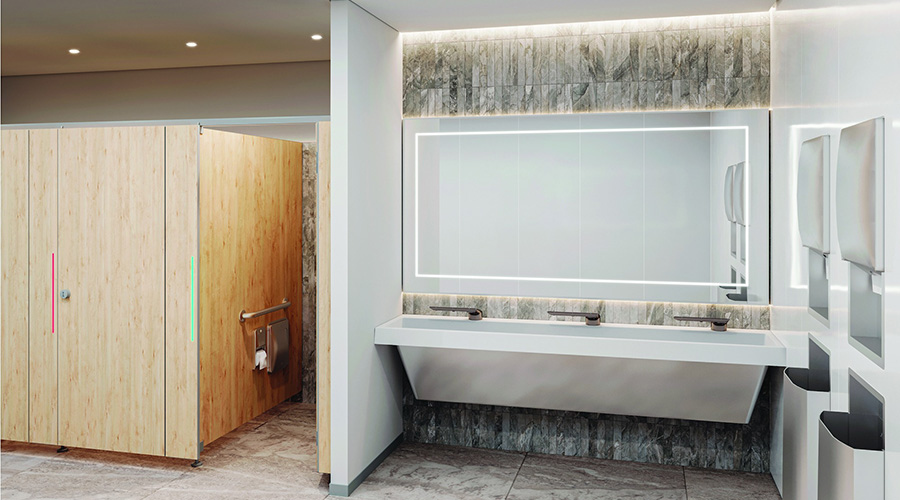Restroom Products: Cost, ROI, Hygiene Impact Decisions
Managers also must consider a product's cost in making a decision, and manufacturers report customers are not necessarily scared off by products that cost more if they offer hygienic benefits.
Jon Dommisse, director of marketing and product development with Bradley Corp., says the nation's improving economic outlook is changing some customers' mindsets.
"As we come out of a difficult time for the economy, we're getting more people who are not value engineering quality products out of the equation." The company makes faucets, sink countertops and related restroom products. Still, hygiene remains a driving force for many managers' decision to purchase new restroom products.
"They will move when hygiene comes for the forefront of their minds," Ponath says. And customers seem willing to pay more for products that address hygiene concerns.
"End-users are willing to pay more for the hygiene benefits of these new products, as long as you can provide a cost savings versus similar products that may not offer the hygienic advantages," Sleet says.
The Maintenance Factor
Besides hygienic benefits, cost, and return on investment, managers also must research one factor at the heart of their jobs — maintainability. The issue creates a difficult set of challenges for managers.
Dommisse points to schools to illustrate the challenges. In many districts, voters have turned down bond funding measures, and states are cutting aid. As a result, districts are cutting spending.
Also a result of the tighter financial constraints in many facilities, managers are asking more and tougher questions about the products they specify, and they demand greater durability. Dommisse says a customer traditionally might have expected a performance life of five to seven years from a product. Now, he says customers are asking about 10- to 12-year performance lives and, in some cases, up to 20 years.
Curious customers benefited one manufacturer in a different way. Ponath says a customer called to ask if the company's soap dispenser also could handle hand sanitizer. The company discovered the dispenser could handle both liquids. Now, the company can label the dispenser as suitable for hand sanitizer, broadening its potential market appeal.
The struggle between smaller budgets and the need for greater hygiene seems certain to continue.
"Higher levels of hygiene require more maintenance," Gettelman says. "Building owners are paying more attention to the efficiency of cleaning, and they're paying more attention to hygiene."
Related Topics:













